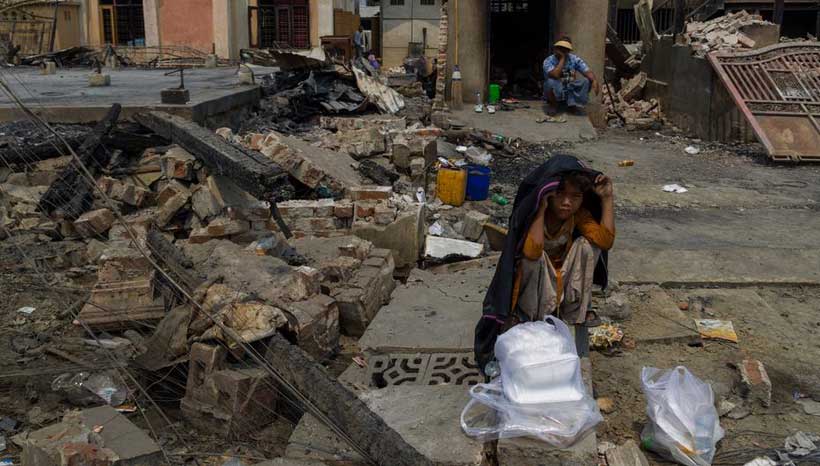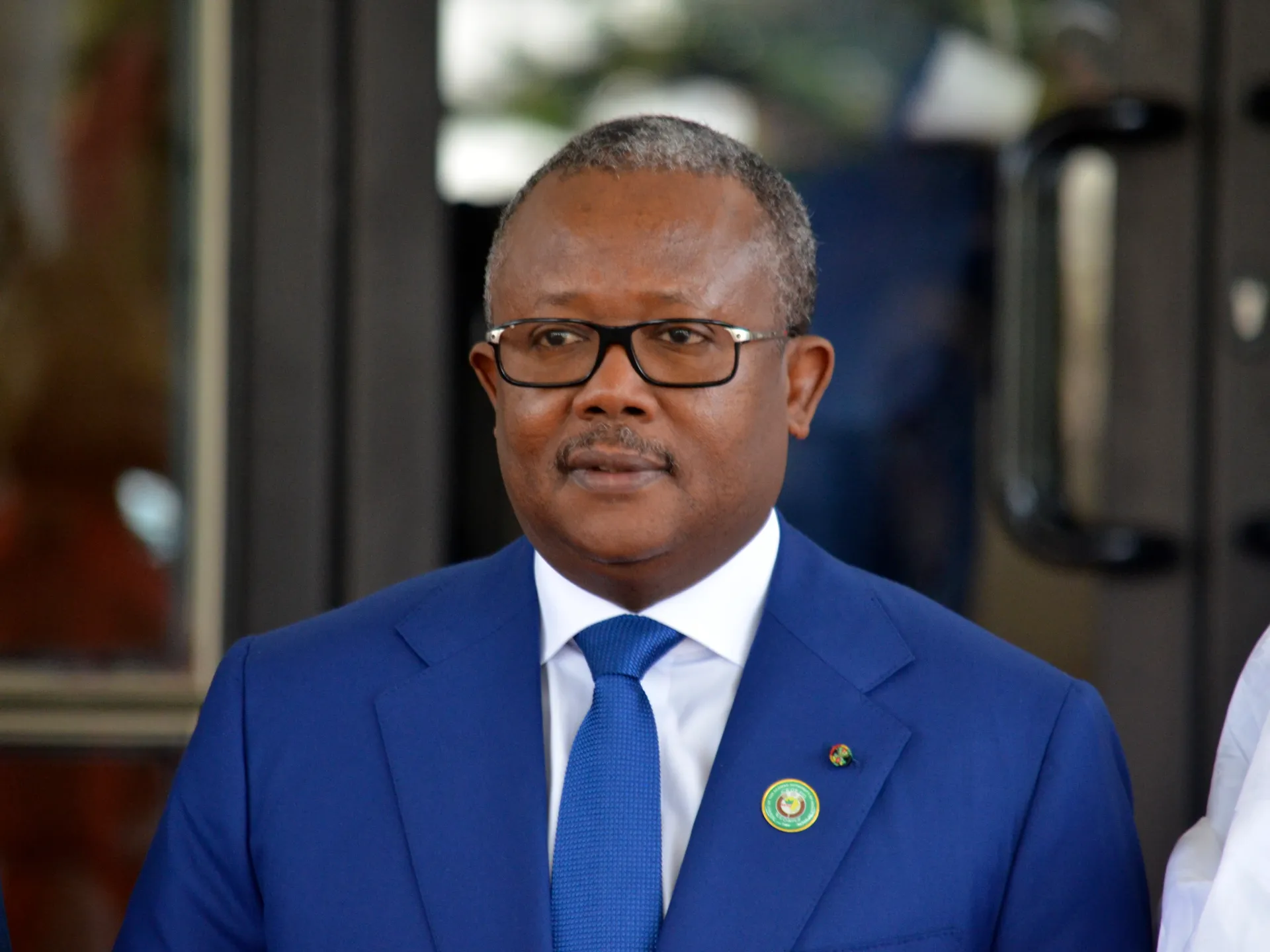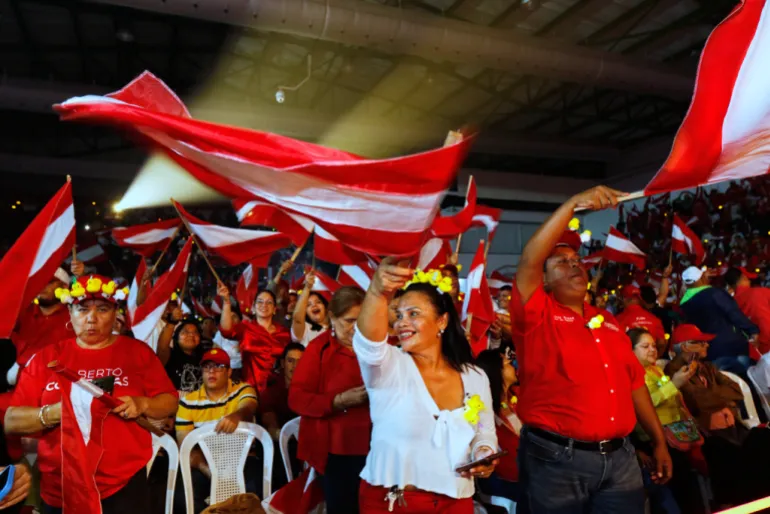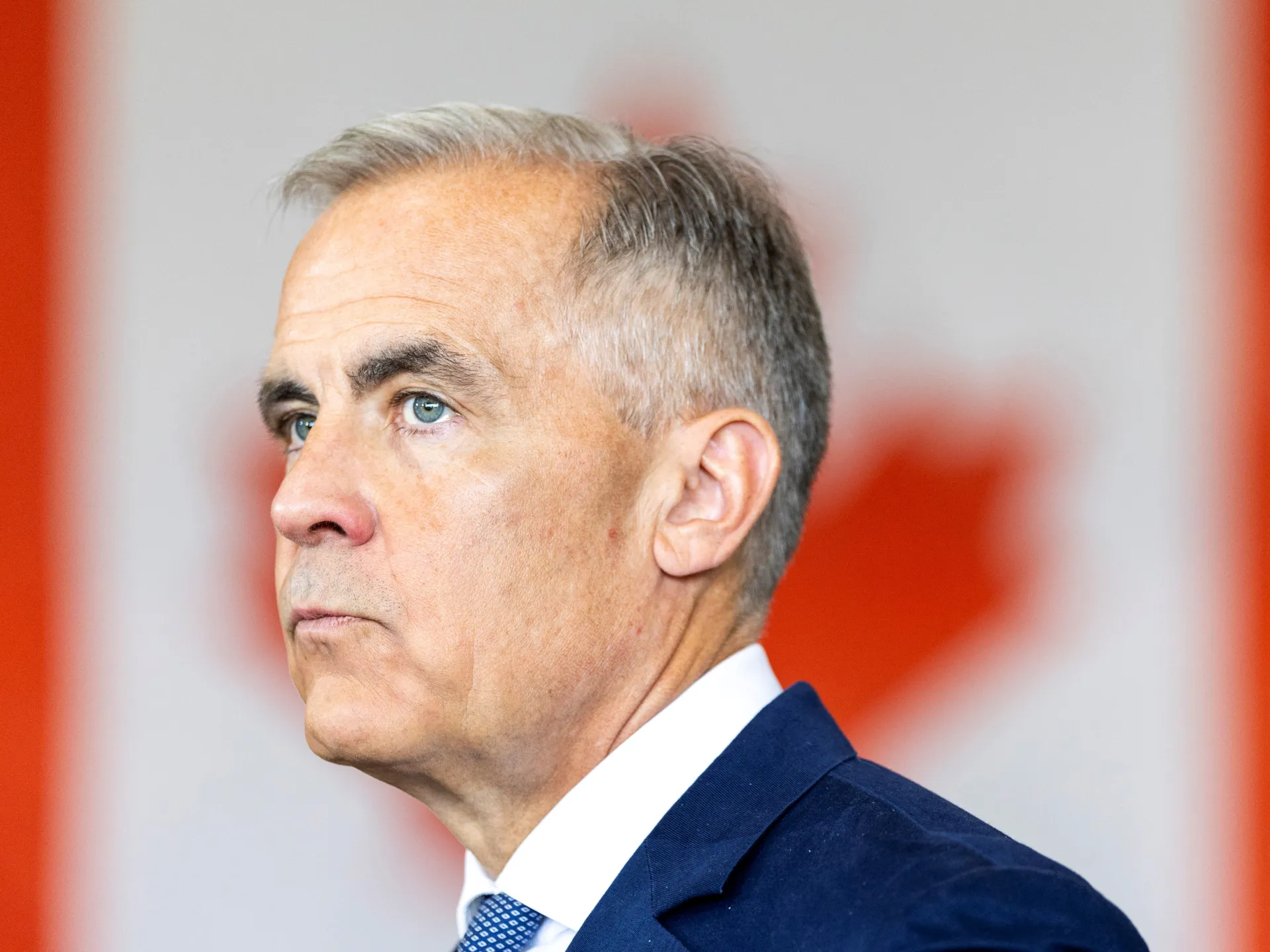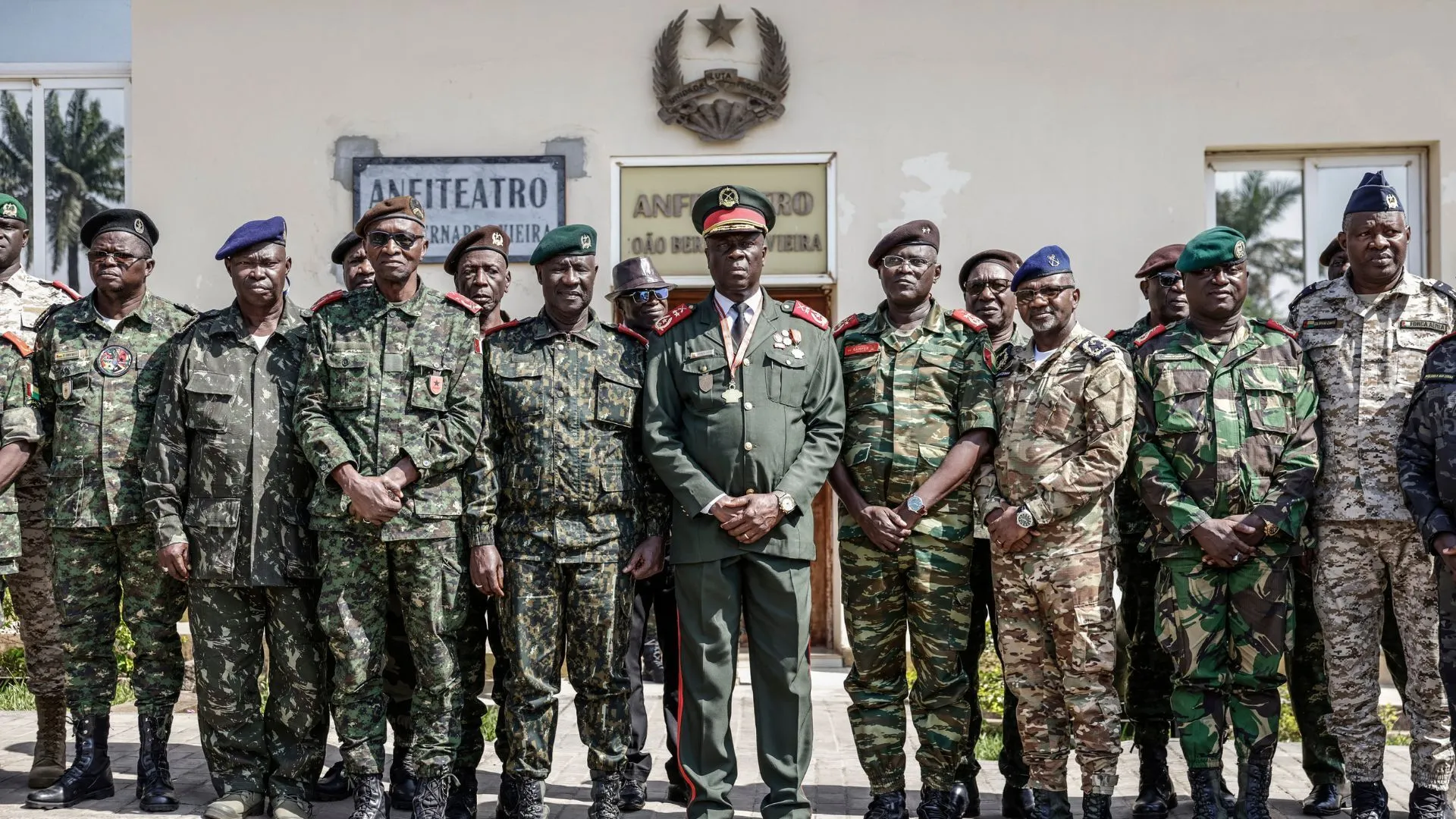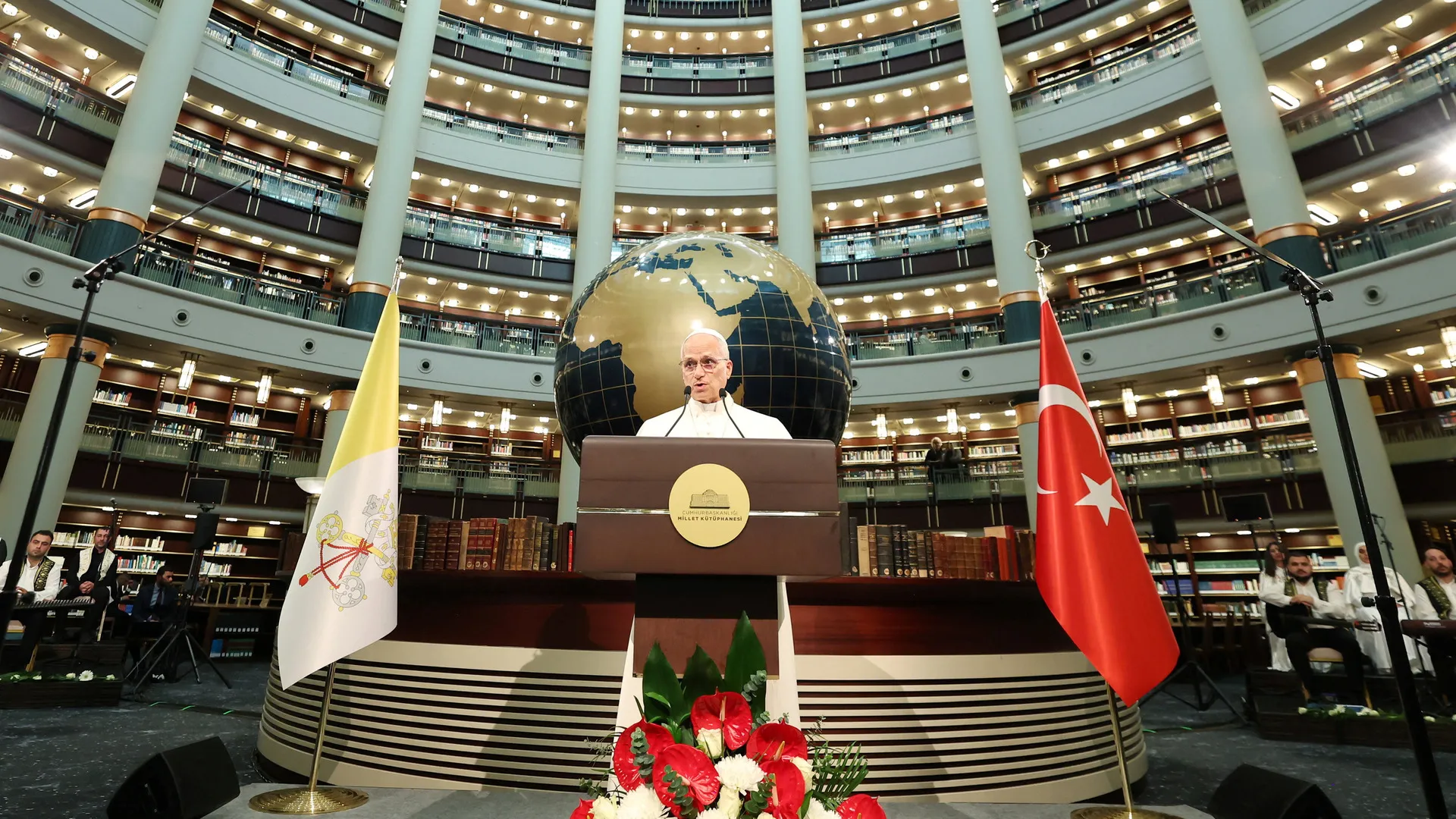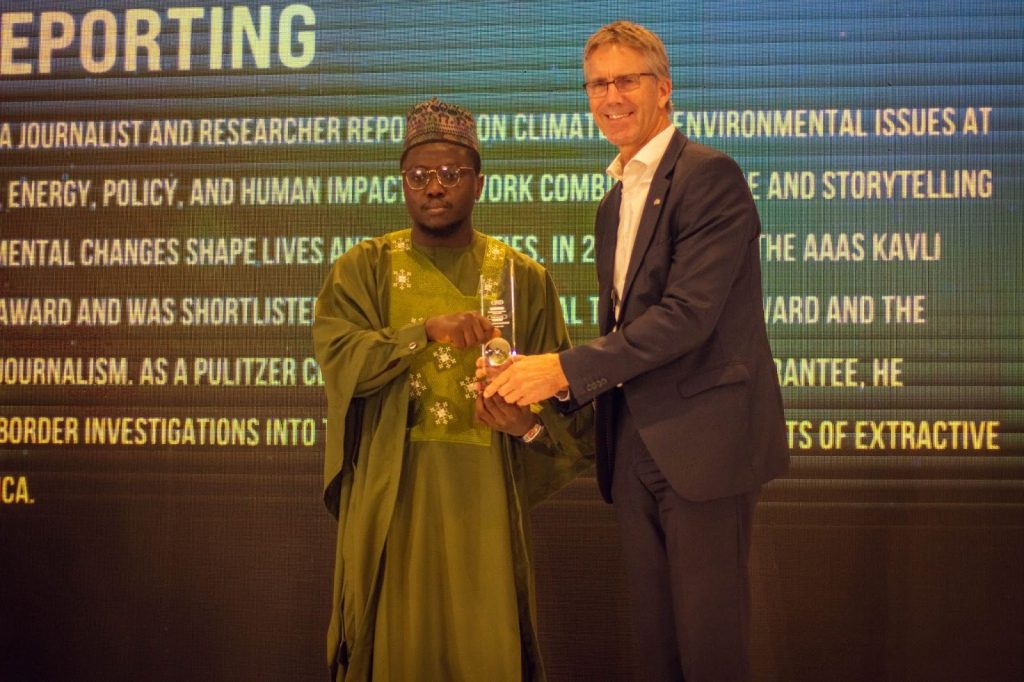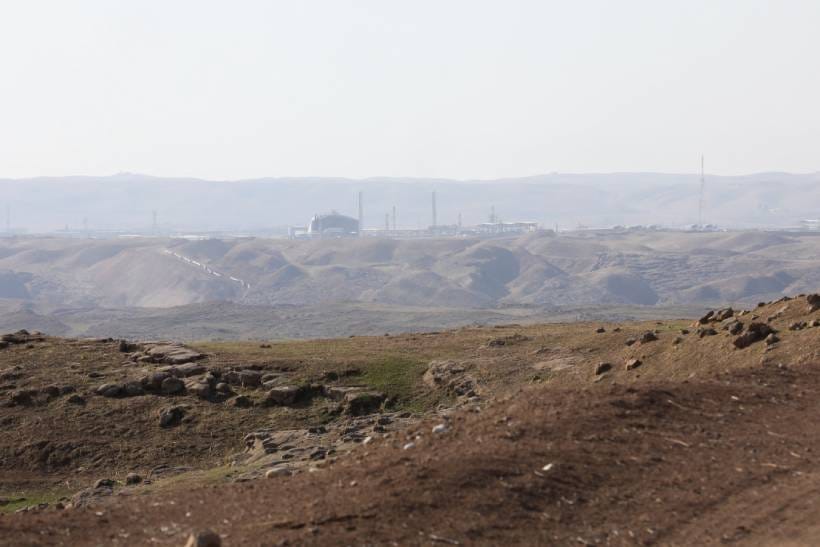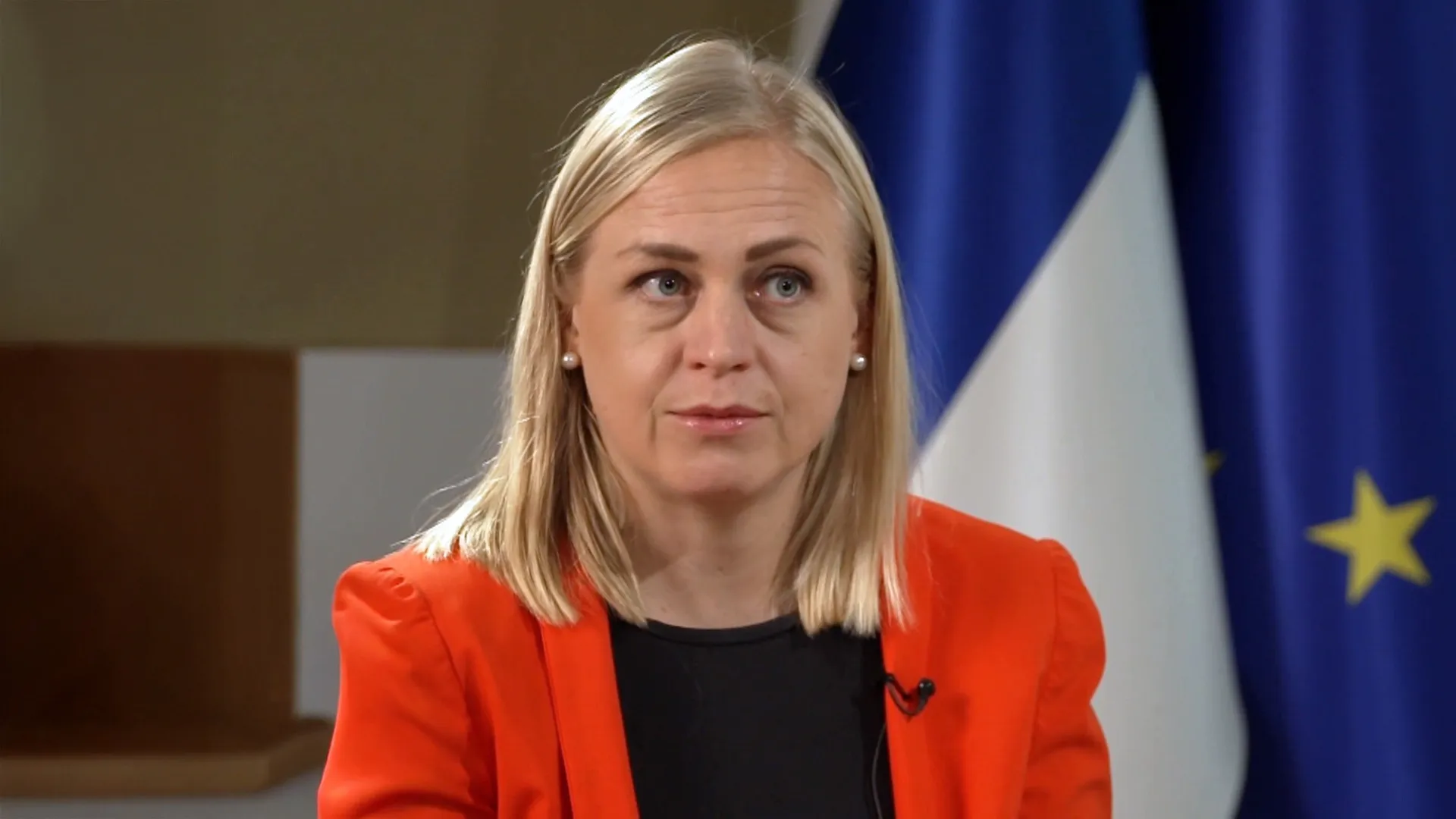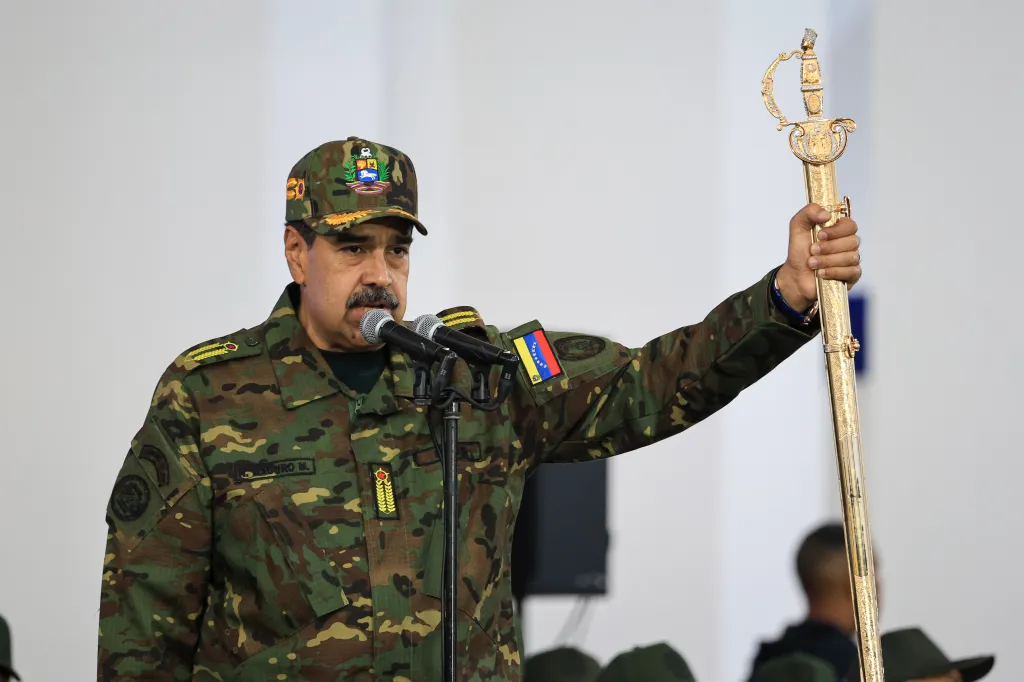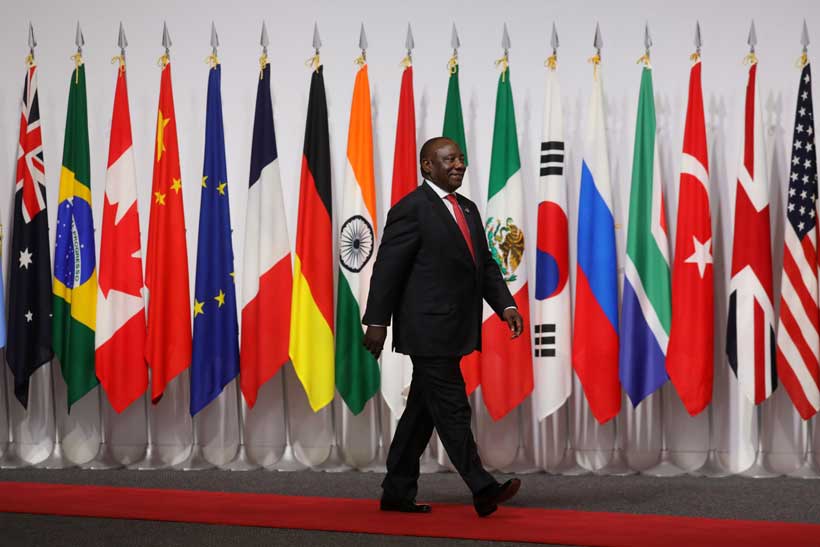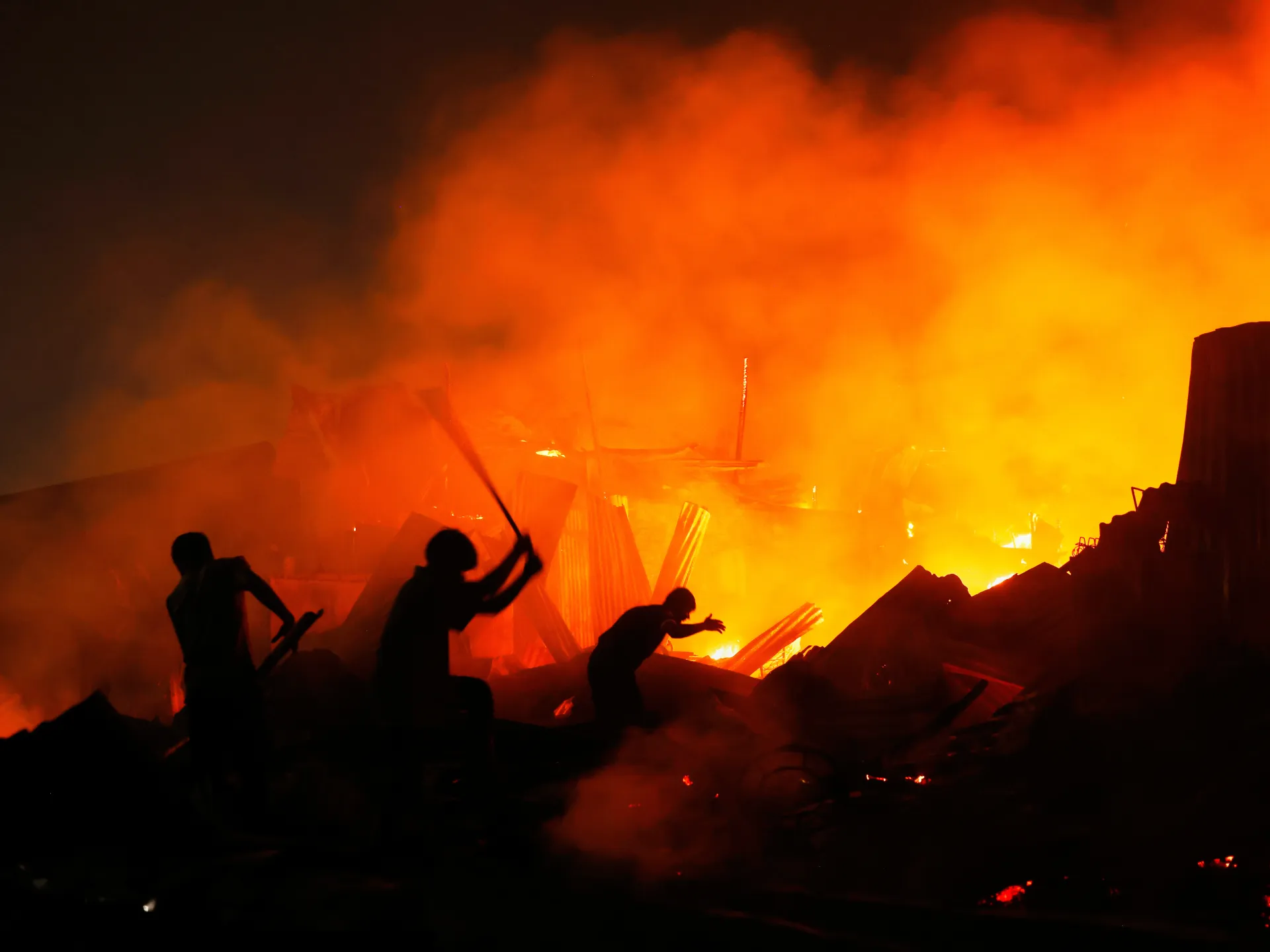Blood and Resources: How Great Powers Get Rich on Civil War
In the world’s most fragile states, war is no longer merely a political tragedy, it is an economic opportunity for those positioned to profit. From the mountains of northern Myanmar to the gold fields of Sudan, a common pattern has emerged: when governance collapses, external powers rush in to secure the minerals, metals, and strategic commodities that the global economy demands. These regions become places where human suffering and environmental destruction become collateral for uninterrupted flows of resources. Two cases stand out in late 2025, Myanmar’s rare earth boom, fueled by Chinese demand, and Sudan’s gold boom, powered by the United Arab Emirates, together reveal a disturbing truth about the global marketplace; world’s green and gold transitions are being built atop the ruins of countries trapped in conflict.
Myanmar: The Human Cost of a Resource Rush
In early 2025, a young man named Sian traveled deep into the mountains of Shan State, Myanmar, desperate for work in a country where the formal economy has collapsed and nearly half the population lives on less than two dollars a day. He was lured by rumors of wages unheard of in today’s Myanmar, $1,400 a month at new rare-earth mining sites run by Chinese companies in territory controlled by the United Wa State Army (UWSA), the most powerful of Myanmar’s ethnic armed groups. After hours riding a motorbike through dense forest, he arrived at a mine and was hired for a daily pay of about $21. His job was brutal: drilling boreholes and installing pipes for in-situ leaching, a method that involves pumping acidic solutions directly into mountainsides to dissolve and extract elements like dysprosium and terbium, metals that are vital for electric vehicles, wind turbines, advanced radar systems, and nearly every technology central to the green-energy revolution.
The process leaves behind poisoned rivers, contaminated soil, landslides, respiratory diseases, and entire villages unlivable. Researchers and civil society organizations have documented extensive damage: deforestation, chemically burned waterways, collapsed hillsides, and workers buried in mud after heavy rainfall liquefies the weakened terrain. “The toxic effects of rare-earth mining are devastating,” says political geographer Jasnea Sarma. “These communities endure the harm so that others may benefit.”
Yet the industry is thriving. China has cracked down on domestic rare-earth extraction due to environmental damage, but it has not reduced its demand. As a result, the extraction simply shifted across the border into Myanmar, where environmental regulations are weak, labor is cheap, and local armed groups, desperate for revenue, grant Chinese firms access in exchange for payments or profit-sharing.
Satellite imagery analyzed by Myanmar Witness and the Stimson Center shows hundreds of rare-earth mining sites exploding across Shan State, particularly in areas controlled by the UWSA and other China-aligned ethnic armies. Chinese customs data confirms the trend: between 2017 and 2024, roughly two-thirds of China’s rare-earth imports came from Myanmar. In effect, Myanmar has become the hidden engine of the world’s tech economy and its most toxic dumping ground.
For villagers, this boom is a slow-moving catastrophe. People report respiratory ailments, skin rashes from chemical exposure, and contaminated water sources. The deadliest risks are landslides triggered by aggressive deforestation and chemical injection into the hillsides. A 2024 study of rare-earth mining areas in Kachin State found extreme levels of ammonia, radioactive elements, and dissolved heavy metals in local waterways, conditions researchers describe as “entirely unsuitable for human consumption or agriculture.”
What makes Myanmar particularly vulnerable is not just poverty or geography, but political breakdown. Since the 2021 military coup shattered national governance, armed groups have expanded their autonomy, Chinese companies have expanded their presence, and Myanmar’s natural resources have been strip-mined with almost no oversight. In this vacuum, the global economy finds a steady supply of strategic minerals at the lowest possible cost, while local communities absorb the full environmental and human toll
How the UAE is Cashing In on Sudan’s War
If Myanmar reveals how civil wars feed the green-energy transition, Sudan reveals how they feed the financial one. Since April 2023, Sudan has been engulfed in a brutal war between the Sudanese Armed Forces (SAF) and the Rapid Support Forces (RSF). Amid mass displacement, ethnic cleansing in Darfur, widespread starvation, and one of the world’s worst humanitarian crises, another story has quietly unfolded: the UAE’s deepening role as the central hub for Sudan’s conflict gold.
Sudan is Africa’s third-largest gold producer, and gold has become the lifeblood of the RSF’s war machine. Investigations by the UN, Global Witness, and multiple governments show that the UAE has been the primary destination for Sudanese gold for years, even as the war intensified. Much of this gold is smuggled out of conflict zones in Darfur, Kordofan, and Blue Nile, which are areas where the RSF maintains control through massacres and forced displacement. Once the gold reaches Dubai, it is refined, laundered through opaque supply chains, and sold into global markets.
The UAE denies wrongdoing, but the pattern is unmistakable. Gold shipments spike when fighting escalates. The RSF’s ability to sustain operations depends heavily on gold revenues. And the UAE’s own global gold-trading infrastructure, built on lax regulations, low taxes, and discreet financial systems, makes it the ideal partner for armed groups seeking to convert looted resources into weapons and cash.
Sudan mirrors Myanmar in a darker way: where Myanmar supplies the materials for the world’s green future, Sudan supplies the materials for its financial present, stabilizing gold markets, supporting global luxury demand, and solidifying the UAE’s status as an international trading powerhouse. In both cases, the profits flow outward, while the devastation remains local.
Foreign Wars as a Business Model
The parallels between Myanmar and Sudan reveal a broader pattern of 21st-century extraction economics. War and political collapse weaken regulation, eliminate oversight, and create desperate labor pools. Armed groups become local gatekeepers, selling access to mines or smuggling routes. Foreign corporations and governments capitalize on the chaos to secure strategic resources cheaply.
In Myanmar, ethnic armed groups benefit from mining revenues while China secures rare earths vital for its technology sector. In Sudan, the RSF funds its military operations through gold smuggling while the UAE strengthens its global commodities market.
This model is not new. But the urgency of the green transition and the volatility of global commodity markets have made it more aggressive than ever. The world wants cheap inputs for clean energy, financial reserves, and technological superiority. Conflict zones deliver them, evidently at enormous human cost.
The Moral Cost of The Green and Gold Transitions
The stories of Sian in Shan State and the civilians trapped in Sudan’s war zones expose a deeper contradiction at the heart of global development. The world says it wants sustainable energy and ethical supply chains. Yet the materials needed for these transitions are often sourced from places where sustainability and ethics are impossible.
Myanmar, Sudan, Congo, Bolivia, and other resource-rich conflict states are the hidden foundation of modern life in first world countries. Their suffering directly creates the conveniences and technologies that wealthier countries take for granted.
Until the international community demands transparency, enforces sanctions on conflict-linked commodities, and insists that the green future not be contradictorily built on burned earth, Myanmar and Sudan will remain cautionary tales and examples of what happens when the world’s hunger for resources meets its willingness to ignore suffering.
